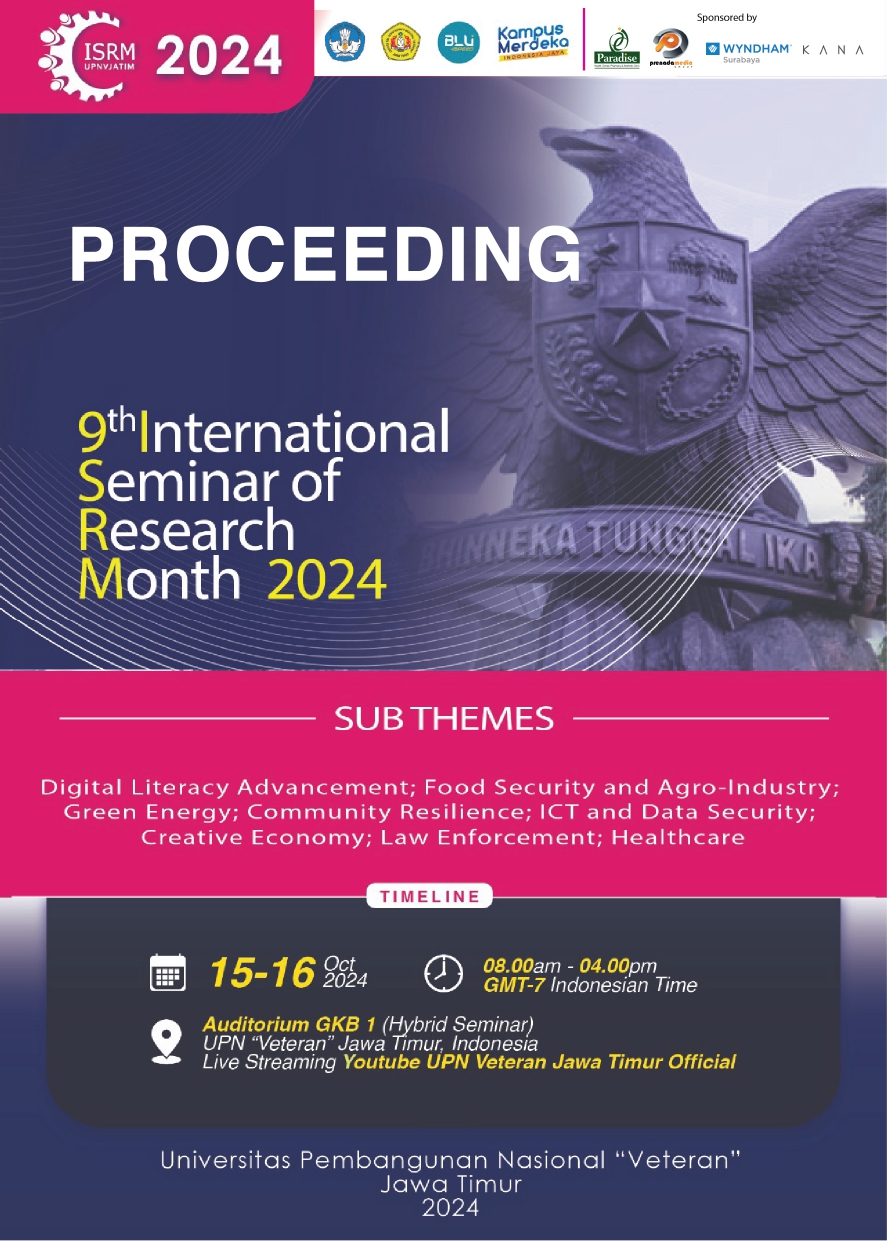Study and Biological Manage of The Plant Virus Diseases
DOI:
https://doi.org/10.11594/nstp.2025.47139Keywords:
Viral, infections, biotechnology, control, sustainableAbstract
Plant virology is the study of viruses that infect plants, impacting agricultural productivity and ecosystem health. Viruses cause a range of symptoms, including mosaic leaf patterns, stunted growth, and reduced crop yields, posing a significant threat to global food security. Understanding plant viruses involves the study of their structure, transmission mechanisms, and interactions with host plants. Research in plant virology is essential for developing sustainable agricultural practices and reducing the adverse effects of virus infections on plants, ultimately contributing to food and agricultural security. The purpose of this reference paper is to discuss and provide information on research that has been conducted, including methodology, results, and data interpretation, symptoms caused, and how to manage them, innovations in biotechnology and the development of virus-resistant crop varieties. Plant viruses can be identified with RT-PCR method. In this study, the primary pair used to amplify were universal Potyvirus primer and specific PRSV primer. Application of biopesticides Trichoderma sp., Streptomyces sp.showed that the treatment of Bioside before infestation (T1) had a high mortality value of 95% compared to the treatment after infestation (T2) which was 75%, whereas without biocide mortality was low at only 15% , there was curl disease in the control reaching 37% between chili plants in all treatments.
Downloads
References
Akhtar, S., & Shahid, M. S. (2025). Current approaches and prospective strategies for plant virus management. Detection and Management of New and Emerging Mystery Plant Virus Sources, 121-149.
Anitha, A., & Rabeeth, M. (2010). Degradation of fungal cell walls of phytopathogenic fungi by lytic enzyme of Streptomyces griseus. African Journal of Plant Science, 4(3), 61-66.
Babu, B., Hegde, V., Makeshkumar, T., Jeeva, M.L. (2011). Detection and identification of Dasheen mosaic virus infecting Colocasia esculenta in India. Indian Journal of Virology, 22(1), 59-62. Doi: 10.1007/s13337-011-0030-7.
Doyle, J.J., & Doyle, J.L. (1987). A rapid DNA isolation procedure for small quantities of fresh leaf tissue. Phytochemical Bulletin, 19, 11-15.
Farida, N., Damayanti, T.A., Efendi, D., & Hidayat, SH. (2022). Insidensi dan identifikasi molekuler Papaya ringspot virus pada Pepaya di Jawa. Jurnal Fitopatologi Indonesia, 18(1), 43-51. DOI: 10.14692/jfi.18.1.43–51.
Gonsalves, D., Tripathi, S., Carr, J.B., & Suzuki, J.Y. (2010). Papaya ringspot virus. The Plant Health Instructor, 149(12), 2435-2442.
Grison, M., Moles, M., Farreyrol, K., Rassaby, L., Davis, R., & Pearson, M. 2006. Identification of potyviruses infecting vanilla by direct sequencing of a short RT-PCR amplicon. Plant Pathology, 55(4), 523-529.
Haedar, N., Fahruddin, F., Aryanti, W., & Natsir, H. (2017). Produksi dan karakterisasi enzim kitinase dari bakteri kitinolitik asal kerang Anadara granosa. Jurnal Ilmu Alam dan Lingkungan, 8(1), 1-9.
Harmiyati, T, Hidayat, S.H., Adnan, A.M. (2015). Deteksi dan respons lima varietas pepaya terhadap tiga isolat Papaya ringspot virus (PRSV). Jurnal Agro Biogen, 11(3), 87–94.
Hidayat, S.H., Nurlita, S., & Wiyono, S. (2012). Temuan penyakit baru - infeksi papaya ringspotvirus pada tanaman papaya di Provinsi Nanggroe Aceh Darussalam. Jurnal Fitopatologi Indonesia, 8(6), 14-187.
Hull, R. (2014). Plant Virology. 5th Edition, Academic Press, London, 854 p.
Listihani, Damayanti, T.A., Hidayat, S.H., & Wiyono, S. (2018). Karakterisasi molekuler papaya ringspot virus tipe p pada tanaman mentimun di Jawa. Jurnal Fitopatologi Indonesia, 14(3), 75–82. https:// doi.org/10.14692/jfi.14.3.75
Loebenstein, G., & Katis, N. (Eds.). (2014). Control of plant virus diseases: seed-propagated crops (Vol. 90). Academic Press.
Marie-Jeanne, V., Loos, R., Peyre, J., Alliot, B., Signoret, P. (2000). Differentiation of Poaceae Potyviruses by reverse transcription polymerase chain reaction and restriction analysis. Journal of Phytopathology, 148(3),141-151. doi:10.1046/j.1439-0434.2000.00473.x.
Mohammed, H., Manggil, A., Zicca, S., Hussein, E.A., & Tomassoli, L. (2012). First report of Papaya ringspot virus in pumpkin in Sudan. New Disease Reports, 26(1), 26–33. doi: https://doi.org /10.5197/j.2044-0588.2012.026.026.
Sastry, K. S. (2013). Plant virus and viroid diseases in the tropics: Volume 1: Introduction of Plant Viruses and Sub-Viral Agents, Classification, Assessment of Loss, Transmission and Diagnosis. Springer Science & Business Media.
Tatineni, S., & Hein, G. L. (2023). Plant viruses of agricultural importance: Current and future perspectives of virus disease management strategies. Phytopathology®, 113(2), 117-141.
Zaitlin, M., & Palukaitis, P. (2000). Advances in understanding plant viruses and virus diseases. Annual review of phytopathology, 38(1), 117-143.
Downloads
Published
Conference Proceedings Volume
Section
License

This work is licensed under a Creative Commons Attribution 4.0 International License.
Authors who publish with this proceedings agree to the following terms:
Authors retain copyright and grant the Nusantara Science and Technology Proceedings right of first publication with the work simultaneously licensed under a Creative Commons Attribution License that allows others to share the work with an acknowledgement of the work's authorship and initial publication in this proceeding.
Authors are able to enter into separate, additional contractual arrangements for the non-exclusive distribution of the proceedings published version of the work (e.g., post it to an institutional repository or publish it in a book), with an acknowledgement of its initial publication in this proceeding.
Authors are permitted and encouraged to post their work online (e.g., in institutional repositories or on their website) prior to and during the submission process, as it can lead to productive exchanges, as well as earlier and greater citation of published work (See the Effect of Open Access).














